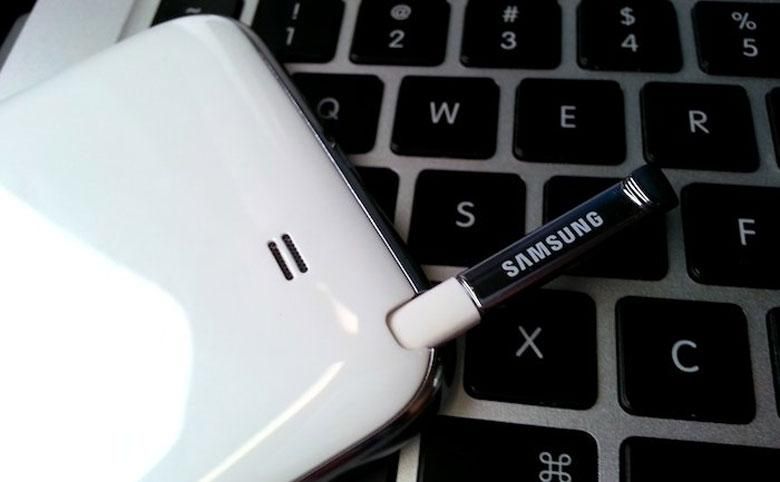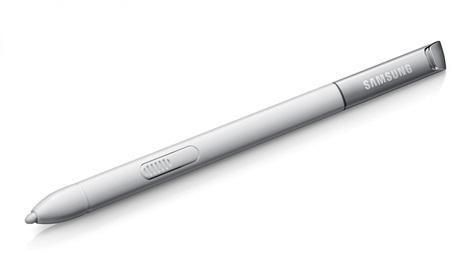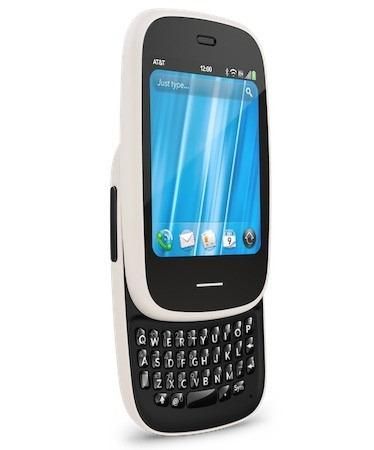If you had told me twenty years ago that touchscreens would one day become the norm, I’d likely have laughed in your face. OK, I probably would have asked “why the heck are you telling a kid that, mister?” but my point remains. And to a certain extent, I continue to be amazed that touchscreens work nearly as well as they do, primarily because of the huge disconnect between screen resolution and our ability to precisely interact with them.
It’s a simple problem: our fingertips are large, and when we’re dealing with devices the size of our phones, the on-screen elements we’re trying to interact with are often fall smaller. With proper app design, this isn’t a problem, but place too many tappable elements too closely together, and you’re asking for headaches.
Not sure what I mean? Pull up a nice, dense piece of HTML – a long Wikipedia article displayed in desktop mode works great – zoom out to fit page width, and try and hit some of those individual hyperlinks. Unless you’re quite skilled, have tiny fingers, or just get lucky, chances are you’re going to tap the wrong one at some point.
Algorithms can do a great job of cleaning up touch input, and trying to grok your actual intent, but there’s always going to be the problem that pointing at something on-screen inherently involves covering it up – at that critical last moment, when your skin finally gets within range of that capacitive sensor, your fingertip is already obscuring its target.
I wrote about this idea back in February, and how a nice, finely tipped stylus is a graceful solution – instantly, you’re tapping with far higher precision. And since then, my views haven’t changed that much. If anything, the arrival of higher-density displays makes this a bigger problem than ever before, and the benefit of a stylus is even more pronounced.
Right now, if you want a really great stylus experience on your phone, your options are the Galaxy Note or nothing. It’s the only game in town using an active digitizer panel, offering the kind of input quality that you’re just not going to get with a broad-tipped generic capacitive stylus. Since the first Galaxy Note, Samsung has returned each year with another phablet-sized entry, and we’ve also seen the company expand S Pen availability to its tablet lineup, bringing us models like the Note 10.1 (and maybe even that Note 12.2 that keeps showing up in leaks).
But with the feelings I have about the value of the stylus as an input device, going towards tablets feels like a move in the wrong direction. We’re not only looking at larger working areas, but generally lower resolution displays, as well. If anything, these are the types of devices that should benefit the least from a stylus like the S Pen. Instead, shouldn’t Samsung be looking to bring it smaller models?
Think about it: a relatively small smartphone – maybe a 3.7-incher by today’s standards – with a tiny S Pen of its own. A 720p screen like that would have a density of about 400ppi, which is high but not nearly as high as the density of current 1080p displays.
I can’t speak for the rest of you, but I like to work on my phone with it nice and up close to my face (relatively speaking, at least), so I think I’d really appreciate having a very high-res display on a smaller screen, especially if I were able to successfully interact with it.
Now, there’s obviously going to be a point of balance here – you’re probably not going to want to whip out the S Pen every time you need to use your phone, so the UI needs to stay large enough for more traditional touch input – but for things like apps that don’t fully account for smaller screens, or material like webpages that’s designed with desktop-size displays in mind, having that stylus to pull out when you need it could be a great help.
To be fair, I can be a bit of an idealist when talking about phone design like this, and the reality of the situation might not be so simple. With smaller phones, after all, space threatens to be an even more pressing concern than in devices like the Note (not that Samsung hasn’t been doing some great design work in keeping Note models as petite as they are), and it could be a lot harder to find room for a stylus in the first place.
But I really think the idea is still worth considering, and the combination of a small phone with a stylus and a really high-res screen feels like it’s just bursting with possibilities. I realize that Samsung hasn’t been showing the greatest amount of love for tinier phones lately, but that doesn’t mean that I wouldn’t love to see a Galaxy Note Mini burst on the scene. Heck, go nuts with it – maybe even something Veer-sized with a 2.6-inch WVGA screen. I’m not sure I’d want to buy it, but you’d better believe I’d want the chance to give that baby a test drive.
Anybody with me on this one? Could featuring the S Pen on sub-five-inch Androids become an interesting new direction for Samsung and its Note series, or are things fine the way are, with the stylus constrained to larger models?



